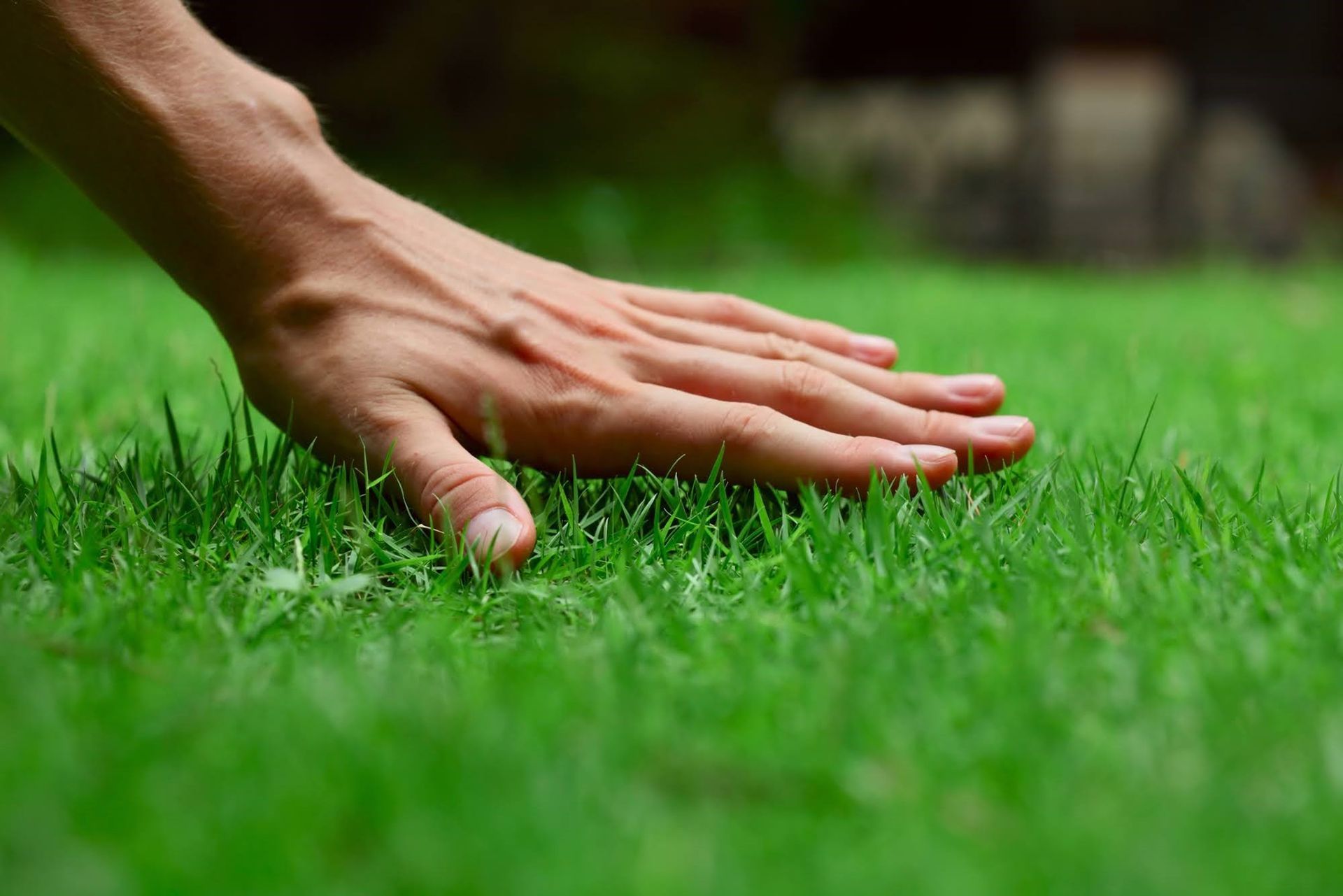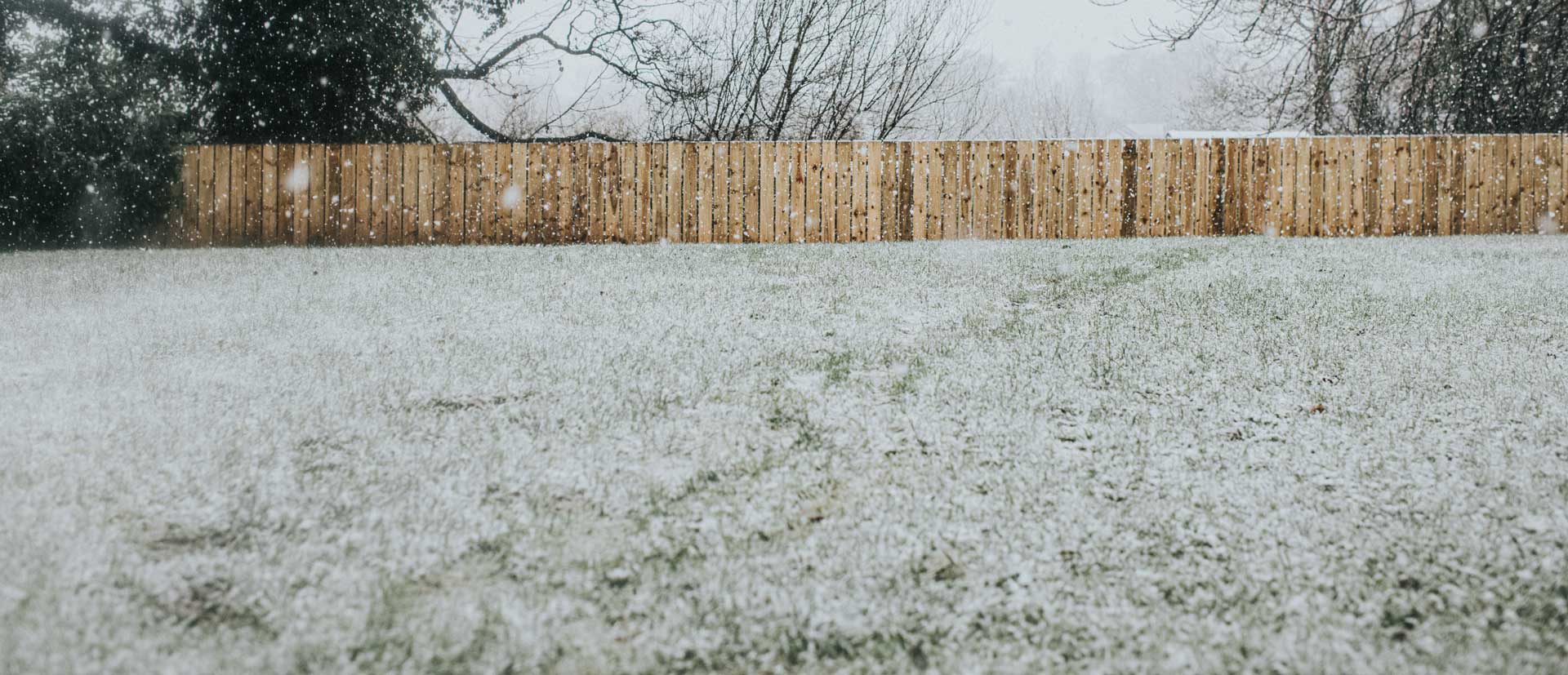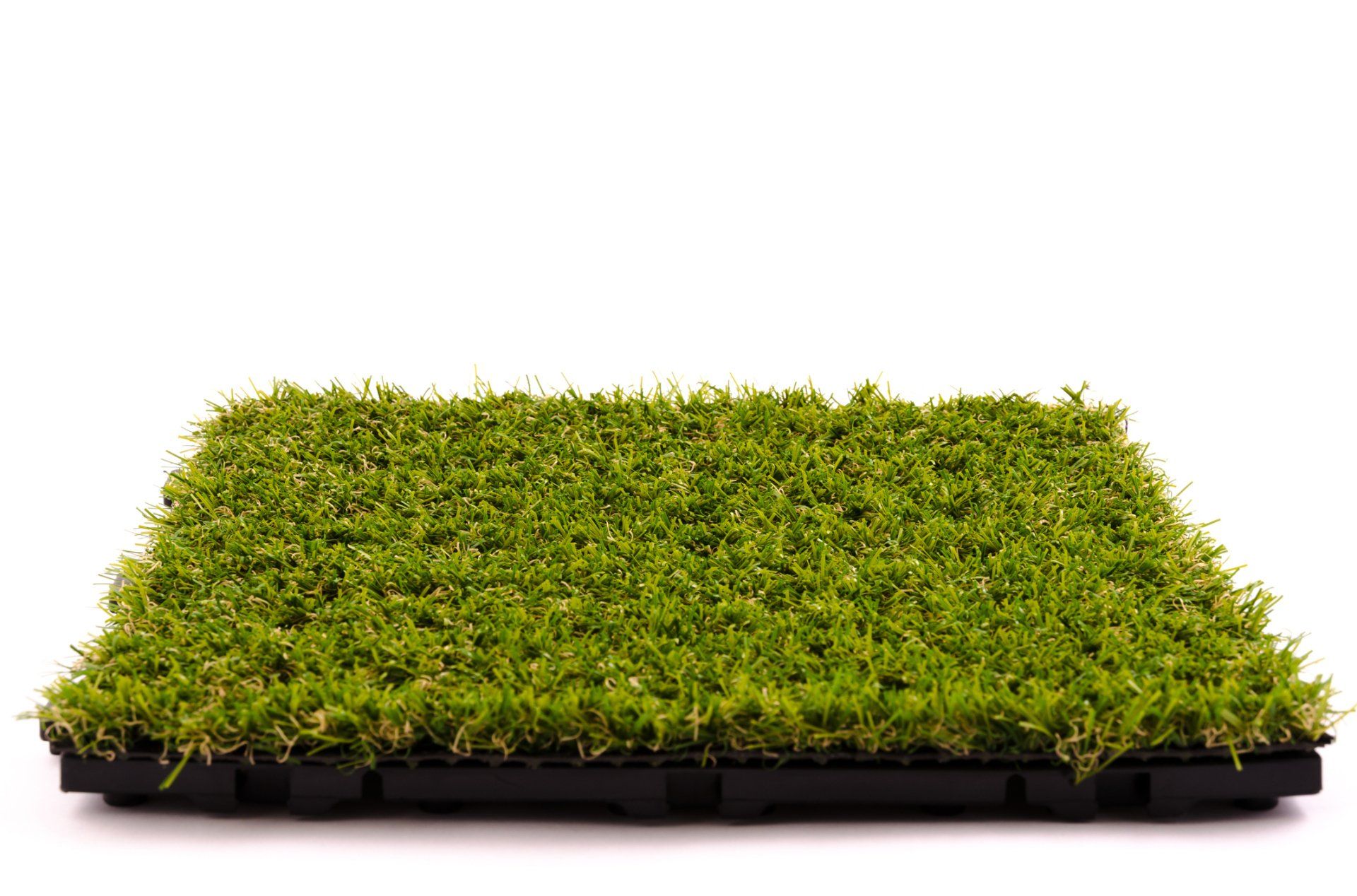6 Tips to Care for Your Lawn in an Environment-Friendly Way
- By Admin
- •
- 20 Apr, 2021
- •
In addition to their irresistible beauty, lawns are beneficial to people and the environment. They clean air, trap pollutants, improve soil structure, reduce temperatures, and contribute to community green space. As a lawn owner, you likely want to adopt eco-friendly lawn maintenance for a lusher, healthier, and greener lawn. Learn six eco-friendly ways to maintain your lawn.
1. Use Eco-Friendly Tools
Gas-powered lawn equipment is often notorious for polluting the air. One research reveals that a gas-powered lawnmower discharges environmental pollutants equivalent to 11 cars in one hour.
As such, avoid gas-powered lawn equipment. Instead, opt for eco-friendly equipment such as electric and battery-powered tools to cut fuel consumption and environmental pollutants. Also, ditch conventional soils and fertilizers for organic products.
2. Choose the Right Type of Grass for Your Region
Before planting a lawn, whether in your front yard or for your corporate landscaping project, determine the best grass for your climate and region. The right type of grass thrives in your region and resists local pests and diseases. Grass that grows well in one area may not thrive in another. In fact, it may require more care and water and still not grow as well.
For instance, while tall fescue grass is drought-resilient, it may not do as well in Georgia's hot summer temperatures, as it requires more watering. In Georgia, Zoysia grass, Bermuda grass, St Augustine grass, and Centipede Grass do pretty well and save you resources and effort.
3. Practice Mulching
Mulching is good for your lawn because it provides essential nutrients to the soil, keeping your lawn healthy. It limits weed growth, maintains soil moisture, and prevents soil erosion and compaction. Mulching also saves time, money, and labor.
One great way of mulching is leaving grass clippings on the lawn after mowing. The clippings decompose into the soil and nourish it while acting as a moisture barrier. They also eliminate the need to use chemical fertilizers on your lawn, which are often harmful to the environment and human health.
You can also mulch your lawn with chopped tree back, brick chips, and dried leaves.
4. Mow High
Did you know that keeping your lawn a bit longer can be beneficial? Typically, longer grass has a larger surface area to absorb sunlight. It grows thicker and attains deep roots, which help the grass to endure drought, diseases, and insect damage. Longer grass also provides shade for the soil, assisting it to retain moisture and keep weeds from growing.
The ideal length of lawn differs depending on the type of grass. Mow high for more robust and healthier grass with minimal pest problems. Also, use sharp blades in the process to avoid injuring the grass.
5. Water Properly
Lawns usually need much water to thrive. Luckily, when watering your lawn, you can save this valuable resource in several ways.
First, water your lawn after midnight when the air is cooler. This way, you minimize the chances of the water evaporating before it gets to the ground. Second, water deeply and less frequently to help your lawn grow deep roots that can withstand drought. Third, install a drip system to maximize water efficiency. Such a system places water directly on the root and reduces evaporation.
6. Use Native Plants
Consider adding a few native plants to your lawn. These plants not only give your lawn a touch of natural beauty but also need minimal maintenance. Also, native plants have already adapted to your region's climate and can resist diseases and local weather conditions.
A lawn has numerous benefits for people and the environment, ranging from beautifying spaces to cleaning the air and reducing temperatures. In the current sustainability era, you want to keep your lawn care as environment-friendly as possible. Contact Wright Turf Farms for expert lawn maintenance to ensure a green, gorgeous, and healthy lawn. We look forward to helping you succeed in your lawn care.










